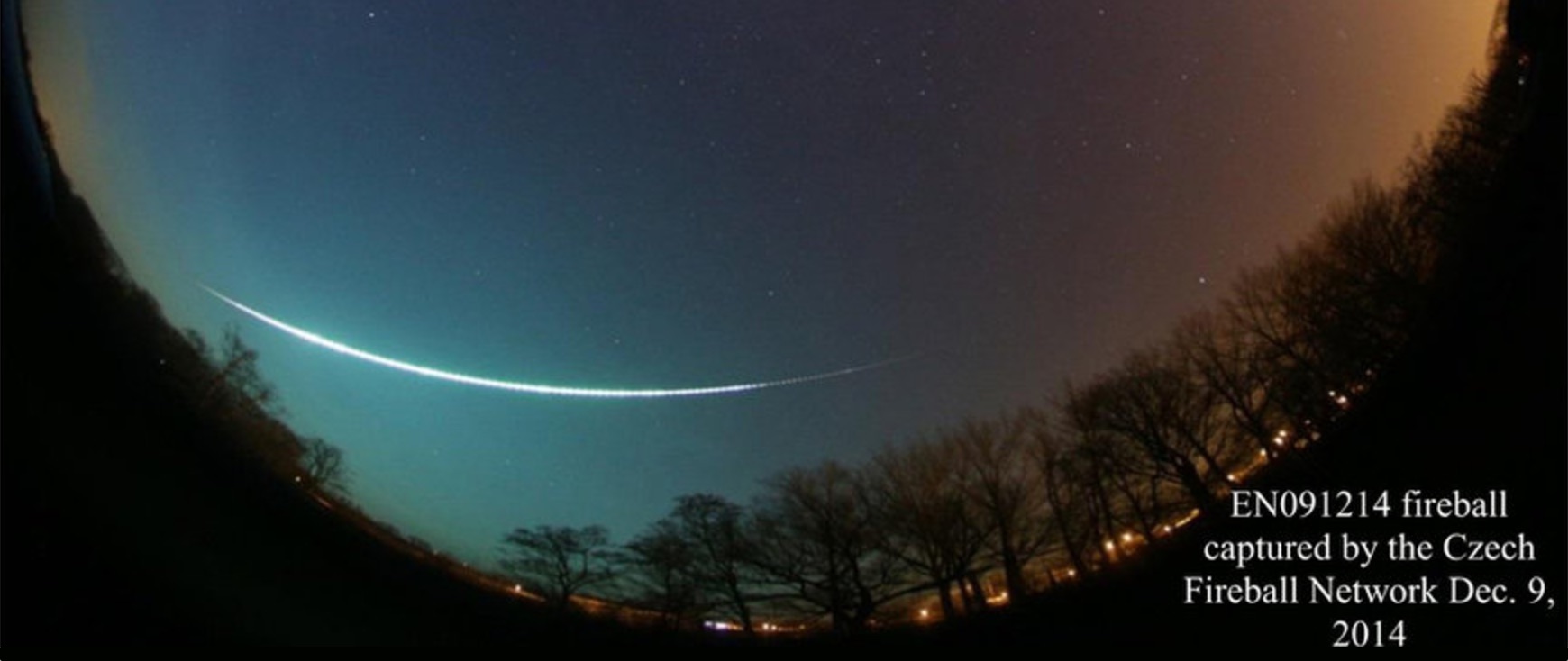Fireball Hissing: Weird Cause of Noises Made by Meteors Found

Bright, flaring meteors are sometimes accompanied by faint noises. What's strange about these popping, sizzling, rustling, and hissing sounds are that they reportedly occur almost instantly to earthly onlookers. This makes little sense, as meteors are as far as sixty miles away from viewers on the ground, so any sound they make should take several minutes be heard. What's going on? Do meteors somehow defy the laws of physics?
Researcher Richard Spalding and several of his colleagues at Sandia National Laboratories recently set out to study this strange phenomenon, and in a study just published to the journal Scientific Reports, they announce that the sounds are likely created through light.
Meteor fireballs sometimes pulse with light many times brighter than the full Moon, and these blasts can briefly heat the surfaces of objects many miles away. Such sudden temperature changes can actually create sound.
"We suggest that each pulse of light can heat the surfaces of natural dielectric transducers," Spalding and his colleagues write. "The surfaces rapidly warm and conduct heat into the nearby air, generating pressure waves. A succession of light-pulse-produced pressure waves can then manifest as sound to a nearby observer."
The "dielectric transducers" the researchers mention are objects that readily absorb light, have low conductivity, and heat up quickly. These include dark paint, leaves, grass, and dark clothing. Sky-watchers in close proximity to such objects are much more likely to "hear" meteors.
Another incredible transducer is hair. Previous studies have shown that people with fine and frizzy hair are more likely to hear meteors. This makes intuitive sense, the researchers write.
"Hair near the ears will create localized sound pressure, so it is likely to be heard. Also, hair has a large surface-to-volume ratio which maximizes sound creation."
Get the world’s most fascinating discoveries delivered straight to your inbox.
The explanation Spalding and his colleagues offer is actually tied to a well-known phenomenon known as the photoacoustic effect, describing a process whereby materials absorb light energy and produce sound waves. Alexander Graham Bell originally noticed the effect in 1880, and used it to invent a device called the photophone, which transmitted speech via light.
Astronomers have previously suggested that some meteors emit very low frequency radio waves, which produce near instantaneous sounds. They dubbed such meteors "electrophonic meteors." Spalding and his team suggest their explanation is more likely, and indeed, it may be preferable to sky-watchers, as it suggests that anyone can hear a meteor provided it's bright enough and they situate themselves in a quiet area with photoacoustically-sensitive objects nearby.
Source: Spalding, R. et al. Photoacoustic Sounds from Meteors. Sci. Rep. 7, 41251; doi: 10.1038/srep41251 (2017).
Original article on RealClearScience.



